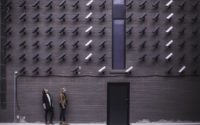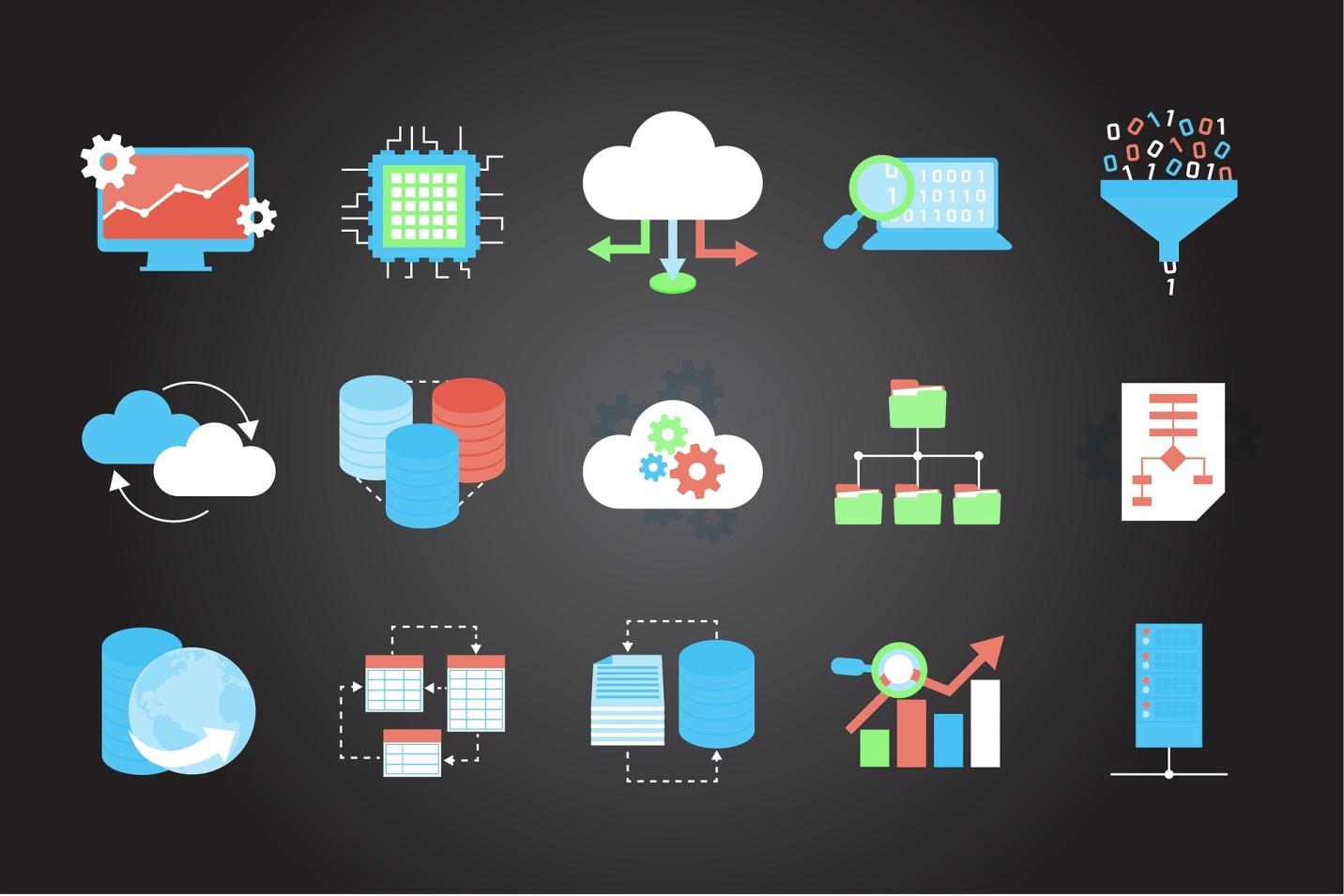Tips To Improve ATM Security
ATMs need to be extra secure because these machines are the source of most financial frauds. According to a FICO Card Alert Service report, a 39% rise was seen in the number of compromised payment cards at U.S. ATMs in 2017 compared to the previous year.
Some models of ATMs are more prone to theft than others. So, you must be sure to do your research before buying an ATM because you don’t want to end up in deep waters because of your wrong choices. Settle for the one that serves you maximum security and won’t be easy to manipulate.
Various technologies are being used to attack ATMs and data of debit cards. Following are a few of the said technologies:
- Malware/hardware manipulation
- Wiretapping
- Skimming
- Man in the middle
However, two of these have widely affected ATMs more than the others – skimming and malware.
Protection From Skimming
Skimming is a technology used to steal card information from ATM users. This scheme has been the most impactful one because it is hard to track. You can hardly ever tell if a skimmer has stolen your data. But once it is stolen, there’s so much he can do with it.
The rate of card fraud losses is increasing day after day.
A skimmer can look like any other card-accepting device, but all your data is stolen when you swipe through it, including card number, cardholder name, and expiration date. Once stolen, this data can be used to create a fake copy of the card or make online transactions.
Here is what you can do as an ATM owner. If any users complain to you about the following things, you need to get the ATM checked:
- Some parts of the ATM plastic has color or material mismatches
- Glue, tape, or any other residue on the ATM
- Parts of the ATM that wiggle or seem loose
Protection From Malware
Like any other electronic device, ATM can be manipulated. Hackers install malware onto the machines to control money from the ATM – when and where it will be dispensed. This scheme is also called “jackpotting.”
Many hackers have practiced this in various parts of the world, and recently in the USA too. The installation of malware is done in person. Someone might act as a technician and install a new hard drive, keyboard, and malware. This device will be synced with a smartphone, tablet, or laptop. Whenever the hacker would want to dispense cash, it will signal the ATM through the synced device.
This technique isn’t a threat to users. Instead, it directly affects ATM manufacturers, owners, and financial institutes.
Here are a few things you can do to protect your ATM against malware:
- Ensure active and strict monitoring of surveillance footage
- Keep updating your ATM and its software/firmware
- Run security checks and antivirus
- Keep an eye on the logs for dispenser connection interruptions indicating the tampering of the machine.
- Get rid of default locks instead, install high-security locks
- Be well-acquainted with the service technicians, so you can spot an imposter.
- Ensure the use of two-factor authentication
Conclusion
An ATM is literally a machine full of cash. Imagine someone breaking through its security and manipulating it to steal your or people’s hard-earned money. So, if you own an ATM, make sure that it isn’t easy to manipulate. By thinking ahead, you will be able to prevent theft and gain the users’ confidence.


